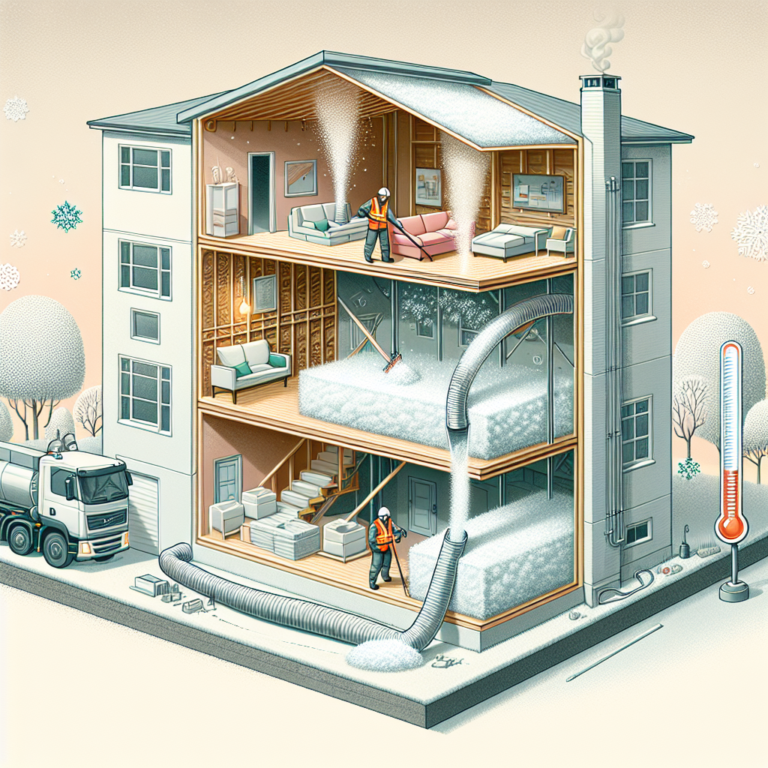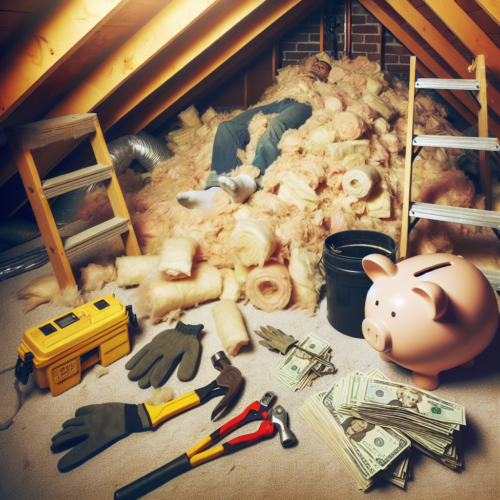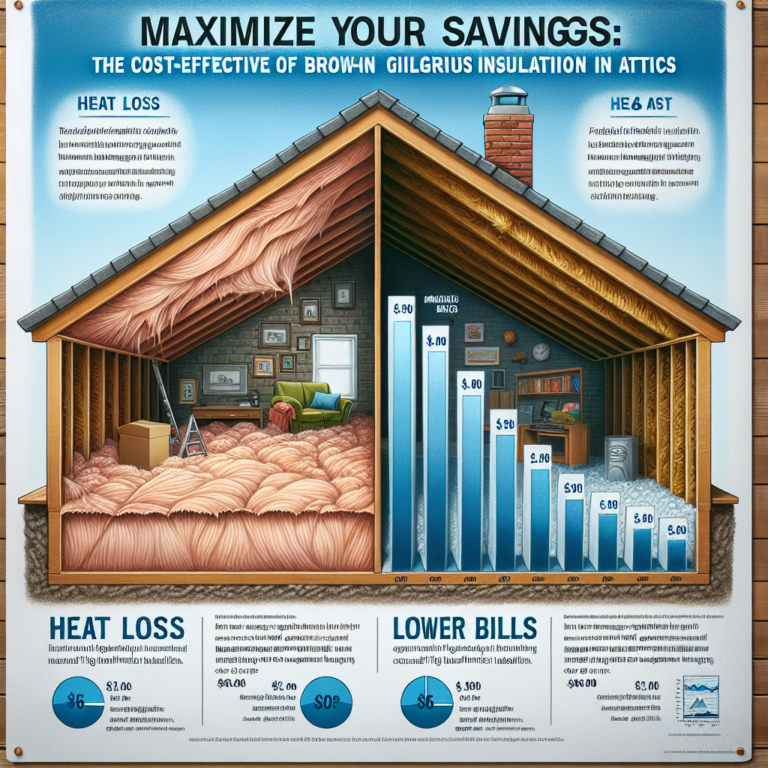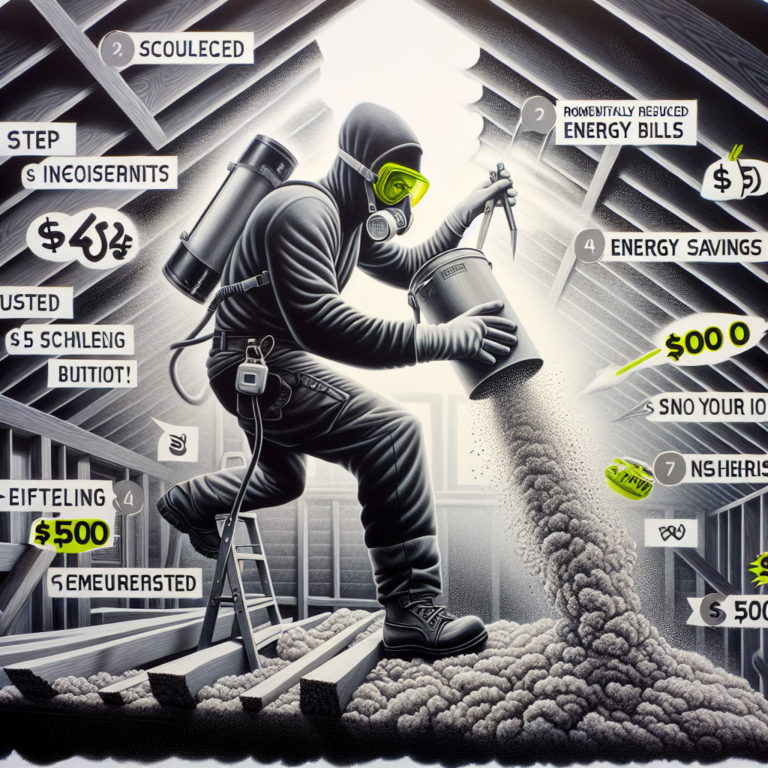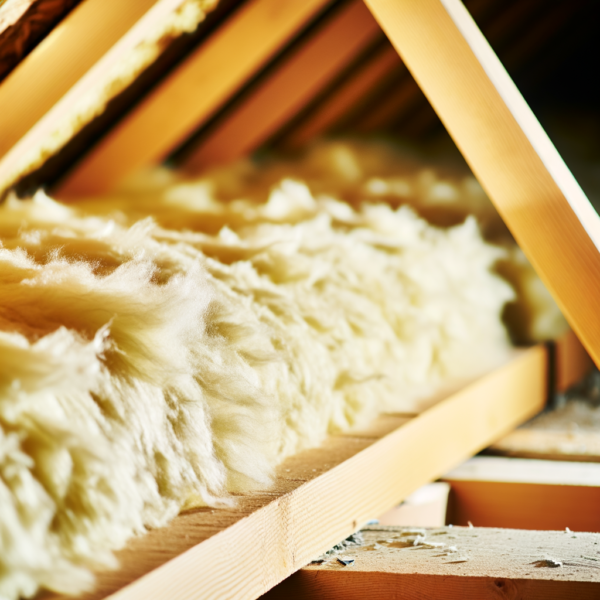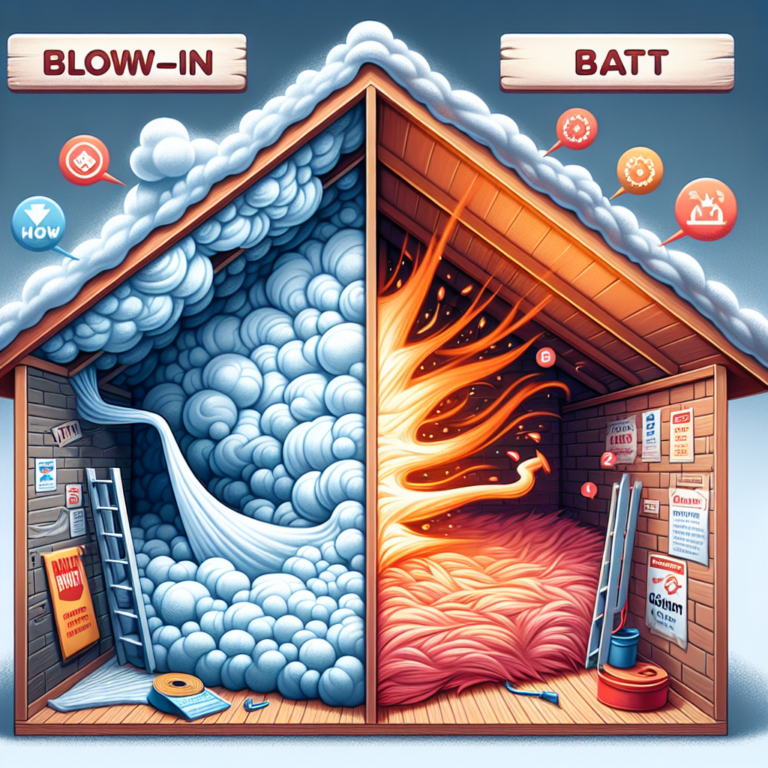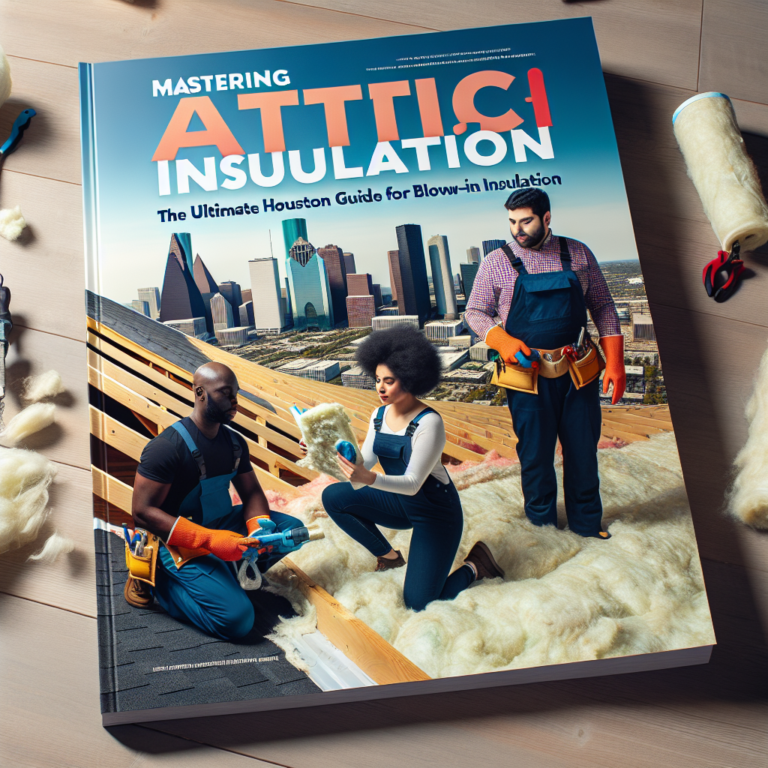Transform Your Attic with DIY Blown-In Wall Insulation: A Complete Guide
Introduction
Are you ready to boost your home’s comfort, cut energy bills, and make your attic a cozier space? DIY blown-in wall insulation is an affordable, efficient solution that fills every crack and crevice with loose-fill material—cellulose, fiberglass, or mineral wool—using a special blower. In this guide, you’ll discover why DIY blown-in wall insulation is one of the smartest upgrades you can make, how to tackle the installation yourself, and which pitfalls to avoid. By the end, you’ll be equipped to transform your attic into an energy-saving powerhouse.
Benefits of DIY Blown-In Wall Insulation for Your Attic
1. Complete Coverage
Unlike traditional batts or rolls, DIY blown-in wall insulation fills every nook and irregular space in attic walls. The loose fibers conform to studs, wiring, and plumbing, eliminating gaps that cause drafts and heat loss. This seamless layer locks in warmth during winter and keeps heat out in summer.
2. Cost-Effectiveness
Although renting or purchasing a blower machine and insulation material requires an upfront investment, DIY blown-in wall insulation often costs less per square foot than hiring professionals for batt installation. You’ll save on labor and benefit from reduced energy bills—most homeowners recoup their investment within a couple of heating seasons.
3. Improved Soundproofing
Dense, loose-fill insulation dampens sound transmission between rooms and from outside. If you plan to convert your attic into a home office, bedroom, or media room, blown-in insulation will help create a quieter, more peaceful environment.
4. Eco-Friendly Choice
Many blown-in materials are made from recycled content—often up to 80% recycled newspaper in cellulose insulation. The installation process uses no adhesives or chemicals, making it a non-toxic, sustainable option for environmentally conscious homeowners.
5. Versatility and Ease of Removal
DIY blown-in wall insulation works in wood, metal, and masonry walls, and in both new construction or retrofit applications. If you ever need to access wiring or plumbing, the insulation can be vacuumed out and re-installed, making future renovations simpler.
How to Install DIY Blown-In Wall Insulation: Step-by-Step
H2: How to Install DIY Blown-In Wall Insulation
Step 1: Gather Tools and Materials
• Blower machine (rent from a local home center)
• Insulation material (cellulose, fiberglass, or mineral wool)
• Drill and appropriate drill bit for access holes
• Protective gear: dust mask or respirator, goggles, gloves, coveralls
• Caulk or expanding foam for sealing gaps
• Ruler or depth gauge to measure insulation thickness
Step 2: Prepare Your Attic Walls
• Clear debris, old insulation fragments, and dust.
• Identify and seal drafts around windows, vents, wiring penetrations, and joist cavities with caulk or foam. Proper air sealing maximizes the effectiveness of blown-in insulation.
Step 3: Create Access Points
• Drill 2- to 3-inch diameter holes along the top plate of each wall cavity or at the bottom, following manufacturer guidelines.
• Ensure holes are evenly spaced—typically every 16 to 24 inches.
Step 4: Set Up the Blower Machine
• Position the machine on level ground near your access holes.
• Attach the hose and feed it through the attic hatch to the first access hole.
• Load insulation into the hopper per the manufacturer’s instructions.
Step 5: Blow in Insulation
• Start at one end of the attic and work systematically to the other.
• Insert the hose into the first hole and begin blowing insulation while slowly withdrawing the hose to fill the cavity evenly.
• Use a depth gauge to check that you reach the recommended R-value depth. Avoid overfilling, which can compress the material and reduce performance.
Step 6: Patch Access Holes and Clean Up
• Seal each access hole with a pre-cut drywall patch or plywood cover, secured with caulk or construction adhesive.
• Vacuum or sweep up any loose insulation from attic floors and around the blower machine.
Common Mistakes to Avoid During DIY Blown-In Wall Insulation
H2: Common Mistakes to Avoid When Installing DIY Blown-In Wall Insulation
1. Skipping Air Sealing
Failing to seal gaps allows air to bypass insulation, negating its thermal performance.
2. Choosing the Wrong Insulation Type
Match the insulation to your climate and wall construction. Cellulose excels at filling irregular cavities; fiberglass resists moisture better.
3. Over- or Under-Filling Cavities
Too little insulation leaves cold spots; too much compresses the fibers, lowering the R-value. Use a depth gauge and follow R-value recommendations.
4. Poor Protective Measures
Always wear a respirator, goggles, and coveralls. Fine fibers and dust can irritate skin and lungs.
5. Ignoring Manufacturer Instructions
Each blower machine and insulation type has specific throughput rates and loading requirements—follow their guidance for best results.
FAQ
H2: DIY Blown-In Wall Insulation Q&A
Q: Can I install blown-in insulation myself?
A: Yes—if you’re comfortable handling power tools, drilling access holes, and operating a rented blower machine, DIY installation can save on labor costs.
Q: What R-value should I aim for in my attic walls?
A: Most climates recommend an R-value between R-20 and R-30 for walls. Check local building codes and energy-efficiency guidelines.
Q: How long does installation take?
A: A typical 1,000–1,200 sq. ft. attic can be insulated in a day with two people: one operating the blower and one managing the hose.
Conclusion
DIY blown-in wall insulation is an accessible, cost-effective upgrade that delivers complete coverage, soundproofing, and eco-friendly benefits to your attic. By following the steps outlined here—sealing air leaks, drilling precise access holes, operating the blower machine correctly, and avoiding common mistakes—you’ll achieve a well-insulated attic that reduces energy bills and enhances year-round comfort. Ready to take control of your home’s energy efficiency? Transform your attic today with DIY blown-in wall insulation and enjoy lasting savings and comfort.


